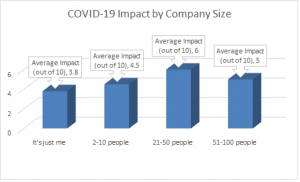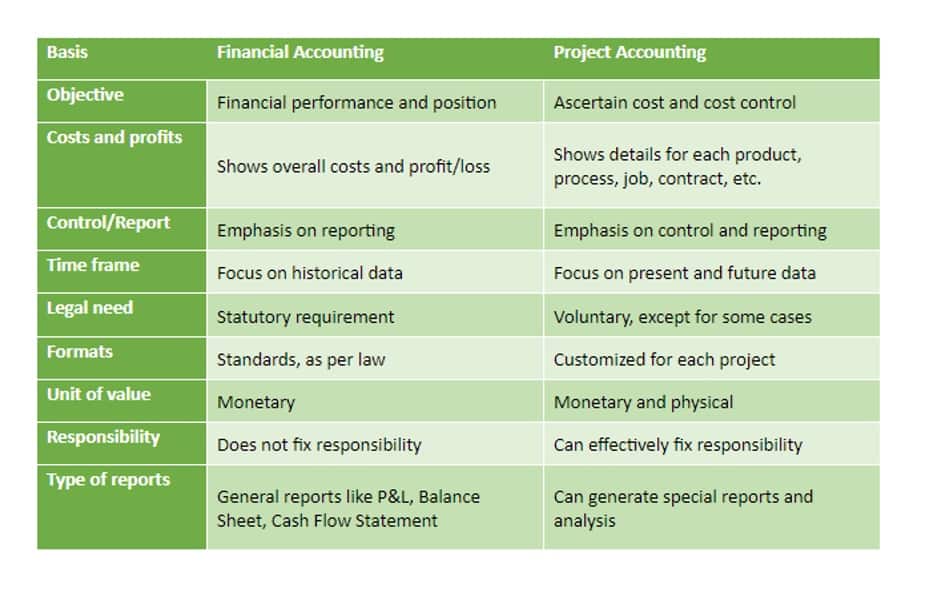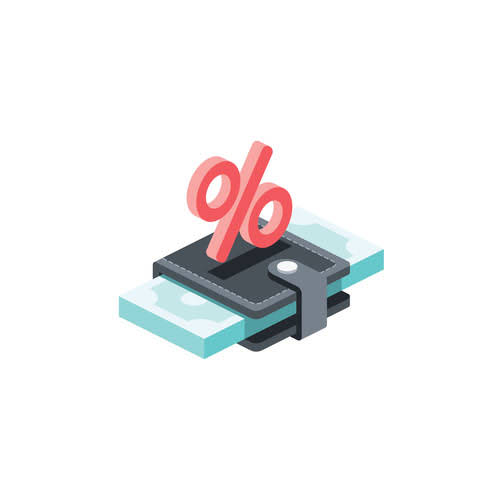Content

If you’re selling an item for $200 (Net Sales) but it costs $20 to produce (Variable Costs), you divide $20 by $200 to get 0.1. This means that for every sale of an item you’re getting a 90% return with 10% going toward variable costs. Fixed costs are costs that don’t change in response to the number of products you’re producing. This is fine until the company starts to reach its limit in how much it can produce (called capacity).
- Those costs which are directly related to production will increase the more you produce, while others will remain fixed regardless of production.
- The term mixed cost describes a cost that has a mix of fixed and variable costs.
- If a business increased production or decreased production, rent will stay exactly the same.
- Using this equation, the Beach Inn can now predict its total costs (Y) for the month of July, when they anticipate an occupancy of 93 nights.
- The first step in analyzing mixed costs with the high-low method is to identify the periods with the highest and lowest levels of activity.
- Likewise, if theres a reduction in the quantity of products made, then the variable costs will also decrease.
Distinguishing between fixed and variable costs is critical because the total cost is the sum of all fixed costs (the total fixed costs) and all variable costs (the total variable costs). To calculate the total variable costs for a business you have to take into account all the labor and materials needed to produce one unit of a product or service. The total variable cost formula can then be described as the total quantity of output times the variable cost per unit of output. Be careful that you don’t mix up variable cost with variable costing, which is an accounting method used to report variable cost. When you calculate the variable cost using the formula we mentioned above, you’re calculating the total variable cost for your business.
Variable Cost Explained in 200 Words (& How to Calculate It)
This causes the total cost line to flatten out a bit as the slope decreases. The term mixed cost describes a cost that has a mix of fixed and variable costs. A fixed cost remains constant or does not vary with the output of an organization. For example, facility rent may remain the same whether the company produces 1 unit or 1 million units of product.
It will, of course, depend on your business, financial flexibility, and customer appetite. Regardless, understanding variable and fixed costs for your business is the most important piece of running a successful business. This could include things like research and development, new materials, packaging, shipping costs, as well as a commission for your salespeople, varying labor units, and more. This would heavily impact this business decision, especially if the cost of variable expenses outweighed your return on investment. Depending on the type of business you run, you may have fixed or variable costs that could impact a monumental decision, such as adding new products or closing the doors to a business. Cost is one of the most significant factors to determine success when running a business.
Average Variable Cost Uses
The fixed costs are the rent for her store and public liability insurance. Unlike fixed costs, which remain the same no matter how much you produce, variable costs increase the more you produce. For this reason, it’s important to ensure that all variable costs are accurately recorded. In this article, you will learn about the different types of variable costs, including semi-variable ones. You will also learn how to calculate variable costs in Google Sheets, to find the total and the average variable costs.
- Therefore, total variable costs can be calculated by multiplying the total quantity of output by the unit variable cost.
- Draw a straight line using the high and low activity levels from these data.
- Total variable cost is a good number to start with, but you may want to divide your total variable cost by the number of units you produce to find the average cost per unit.
- Think about if you run an auto shop that primarily does oil changes.
These expenses can’t be changed in the short-term, so if you’re looking for ways to make your business more profitable quickly, you should look elsewhere. The variable cost formula helpsbusiness plan for the future and minimize spending. Here’s everything you need to know about your business costs and how to calculate them. When the AVC is higher than the price of the product, the company will stop producing it. First, sum all the variable costs listed in the table to find that the total variable cost (TVC) equals $43. Understanding average variable cost is essential to business operations.
How to Calculate a Breakeven Point
Only when there is a relationship between the activity and that particular cost. What if, instead, the cost of snow removal for the runways is plotted against flight hours? Let’s say you are a hotel manager and are concerned about the cost of which the hotel is incurring, and you want to derive a model to predict future cost based on historical cost.

However, orders of greater than 1,000 pounds of raw material are charged $0.48. In either situation, the variable cost is the charge for the raw materials (either $0.50 per pound or $0.48 per pound). However, below the break-even point, such companies are more limited in their ability to cut costs (since fixed costs generally cannot be cut easily). These costs aren’t static — meaning, your rent may increase year over year. Instead, they remain fixed only in reference to product production. Put simply, it all comes down to the fact that the more you sell, the more money you need to spend.
Variable Cost Per Unit Formula
What this means is that you’re figuring out how much of your expenses are fixed costs and how much are variable costs. However, this figure doesn’t give you the variable cost per unit, which can make it difficult to use the variable cost formula to forecast variable costs based on increased production. The total fixed costs are simply the point at which the line drawn in step 2 meets the y-axis. Remember, the line meets the y-axis when the activity level (units produced in this example) is zero. Fixed costs remain the same in total regardless of level of production, and variable costs change in total with changes in levels of production. Since variable costs are zero when no units are produced, the costs reflected on the graph at the y- intercept must represent total fixed costs.

When she hires another person, her output increases by 30% because there is not as much for this third person to do as there was for the second person. By the time she hires the sixth employee, everyone https://www.bookstime.com/articles/variable-cost is in each other’s way in her small home office. The production level actually decreases because of these inefficiencies, but the labor cost has increased because of the six employees.
Using this equation, the Beach Inn can now predict its total costs (Y) for the month of July, when they anticipate an occupancy of 93 nights. J&L wants to predict their total costs if they complete 25 corporate tax returns in the month of February. Therefore, the fixed cost of production for PQR Ltd for the month of May 2019 is $73,333.33. Therefore, the fixed cost of production for the company during the year was $25,000. Let’s say you started a small coffee shop that specializes in gourmet roasted coffee beans.
- Indirect costs are expenses that are not directly related to the production process but are related to the servicing of the product during or after its produced.
- The degree of operating leverage is a way to understand how sensitive Earning Before Interest and Tax (EBIT) is regarding sales.
- For companies looking to reduce the degree of operating leverage, it is essential to consider the role of fixed cost.
- Estimation is also useful for using current data to predict the effects of future changes in production on total costs.
- If you’re able to increase oil changes up to 2,000, your average fixed cost per unit will be cut in half to $2.50.
Both variable and fixed costs are essential to getting a complete picture of how much it costs to produce an item — and how much profit remains after each sale. The variable cost per unit is the amount of labor, materials, and other resources required to produce your product. For example, if your company sells sets of kitchen knives for $300 but each set requires $200 to create, test, package, and market, your variable cost per unit is $200.
Why do we need to distinguish between fixed and variable costs?
As you can see from the scatter graph, there is really not a linear relationship between how many flight hours are flown and the costs of snow removal. This makes sense as snow removal costs are linked to the amount of snow and the number of flights taking off and landing but not to how many hours the planes fly. To be a successful small business owner, you must pay close attention to your company’s financial metrics. Your income statement should serve as a blueprint for finding ways to make your business more profitable. For planning and decision making purposes, we assume that the variable rate is constant. Now, that is not always the case, but as long as we are within the relevant range for our decision, we can assume that the rate will stay the same.
The current variable cost will be higher than before; the average variable cost will remain something in between. When the manufacturing line turns on equipment and ramps up product, it begins to consume energy. When its time to wrap up product and shut everything down, utilities are often no longer consumed. As a company strives to produce more output, it is likely this additional effort will require additional power or energy, resulting in increased variable utility costs. Raw materials are the direct goods purchased that are eventually turned into a final product.
It compares the highest level of activity and the lowest level of training and then compares costs at each level. This is a very important concept in cost accounting and is very useful in determining fixed and variable costs related to the product, machinery, etc., https://www.bookstime.com/ and is also used in budgeting activities. It is a very simple method to analyze the cost without getting into complex calculations. They make Product Y and Product Z. They need to calculate the average variable cost for each product and the total variable costs.


